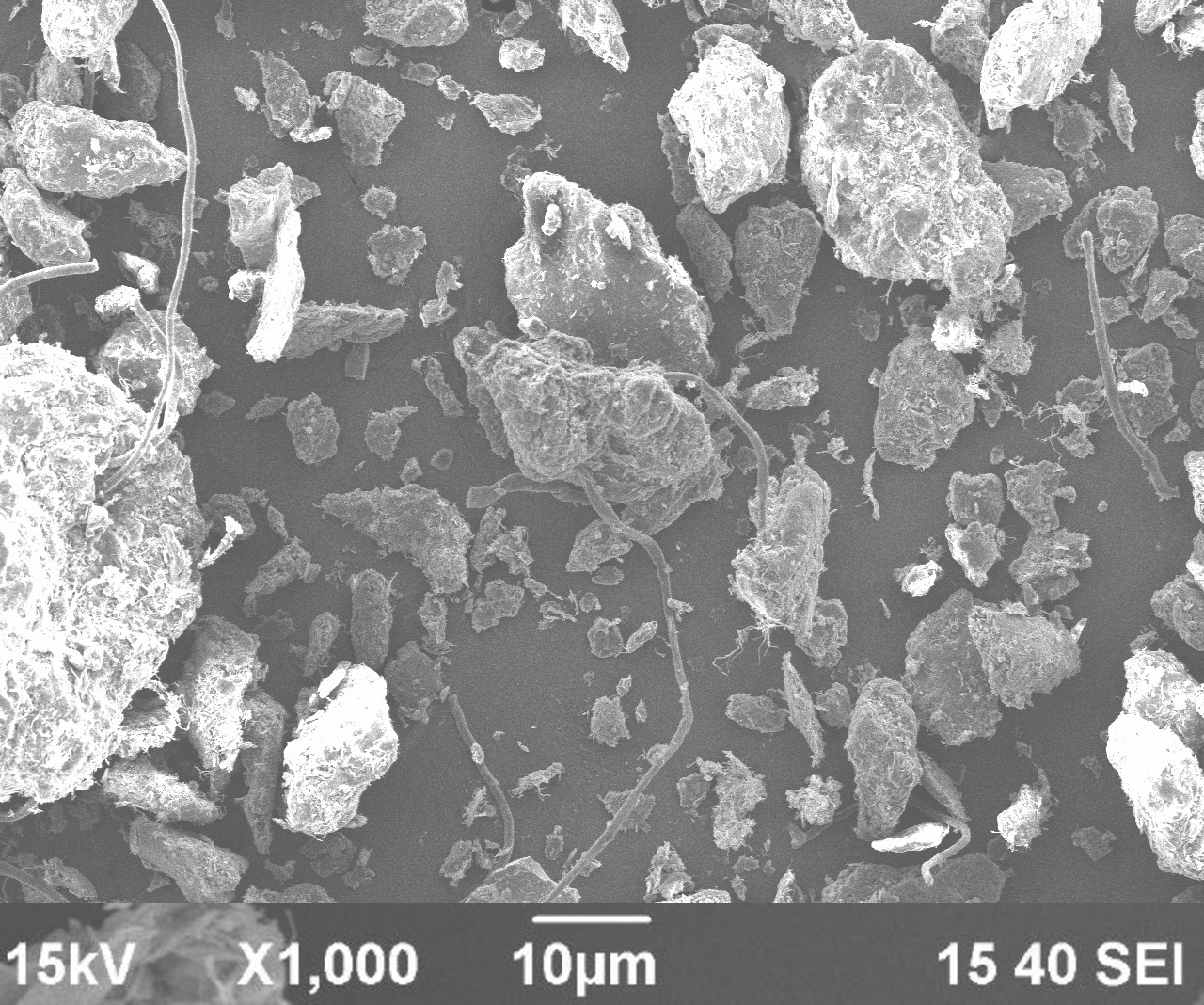Synthetic Characterization of Cellulose from Moringa oleifera seeds and Potential Application in Water Purification
Keywords:
Cellulose, crystallinity, moringa oleifera, morphology, water purificationAbstract
The use of Moringa oleifera seeds for purifying water has been attempted locally in various forms without putting scientific potency of the material into consideration. The cellulose sample isolated from Moringa {oleifera} seed was characterized using X-ray diffraction (XRD), scanning electron microscopy (SEM), and Fourier transform infrared spectroscopy (FTIR). The value of the crystallinity index (CIr ) from the XRD pattern is 63.1%. The high degree of crystallinity obtained is attributed to the high percentage of crystallinity index, CIr (i.e. 63.1%). The morphology revealed aggregates of conical and needle-like structure. The FTIR revealed O-H stretching, C-H stretching vibration, and C=O bond stretching functional groups. These characteristics are indicative of the potential of the material in water purification.

Published
How to Cite
Issue
Section
Copyright (c) 2021 Journal of the Nigerian Society of Physical Sciences

This work is licensed under a Creative Commons Attribution 4.0 International License.
How to Cite
Most read articles by the same author(s)
- S. C. Onuegbu, S. S. Oluyamo, O. I. Olusola, Influence of Bath pH values on the Structural and Optical Properties of Electrodeposited MgO Thin Films for Optoelectronic applications , Journal of the Nigerian Society of Physical Sciences: Volume 5, Issue 2, May 2023
- A. A. Faremi, S. S. Oluyamo, K. D. Adedayo, Y. A. Odusote, O. I. Olusola, Influence of Silicon Nanoparticle on the Electrical Properties of Heterostructured CdTe/CdS thin films based Photovoltaic Device , Journal of the Nigerian Society of Physical Sciences: Volume 3, Issue 3, August 2021
- A. F. Afolabi, S. S. Oluyamo, I. A. Fuwape, Synthetic characterization and structural properties of nanocellulose from moringa oleifera seeds , Journal of the Nigerian Society of Physical Sciences: Volume 3, Issue 3, August 2021







